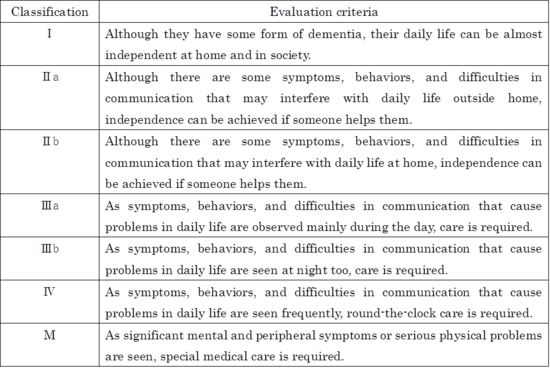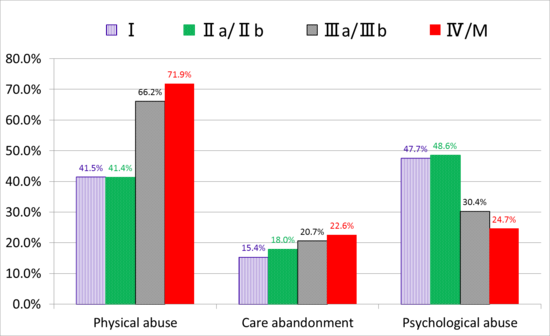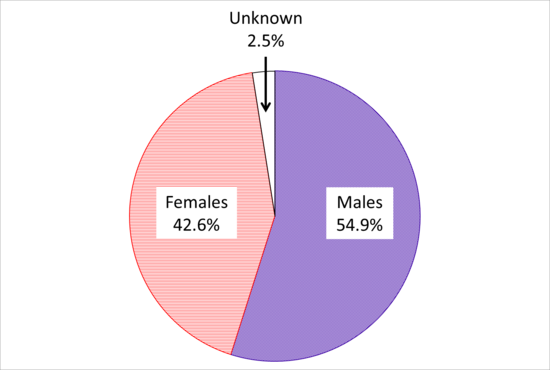Column Finance and the Social Security System 2019.05.08
【Aging, safety net and fiscal crisis in Japan】No.182: A consistent increase in elder abuse cases
In Column No.88, I mentioned that elder abuse has become a big social problem. Elder abuse is roughly divided into two types: abuse by staff in long-term care facilities and abuse by family members. According to a preliminary report released in March 2019 by the Ministry of Health, Labour and Welfare, the number of cases recognized as abusive was 510 in long-term care facilities (452 cases in 2017) and 17,078 in homes (16,384 cases in 2017), a sharp increase from the previous year.
A closer look at abuse cases by staff in long-term care facilities indicates that older people with more severe dementia suffer more physical abuse and abandoned care. The independence in daily life patients with dementia can have is classified into seven levels as shown in Table 1. Figure 1 shows the kind of abuse the elderly are subjected to with respect to their level of dementia. For example, of the elderly with M-level dementia who are abused, 71.9% are physically abused, 24.7% are psychologically abused, and 22.6% are abandoned. The overall composition of care workers is 22.3% males and 77.7% females. However, 54.9% of those who abuse the elderly at long-term care facilities are males (Figure 2).
Table 1 Classification of the independence level in daily life of patients with dementia

Source: Ministry of Health, Labour and Welfare
Figure 1 Relationship between level of dementia and type of abuse

Source: Ministry of Health, Labour and Welfare
Figure 2 Abusers in long-term care facilities

Source: Ministry of Health, Labour and Welfare
